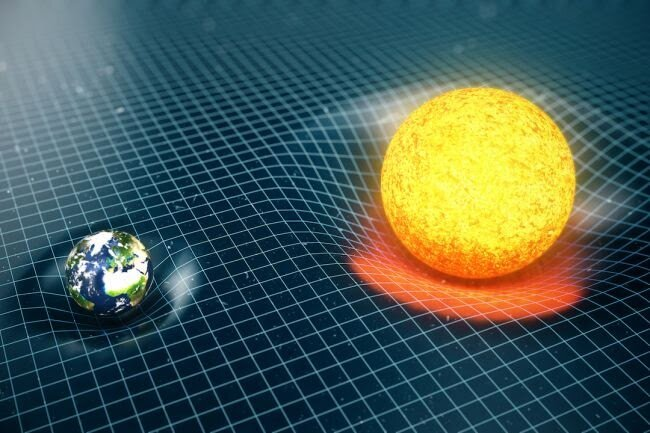The Vastest Dark Matter Map Ever Created: A Scientific Breakthrough
Written on
Chapter 1: Understanding Dark Matter
Dark matter stands as one of the most enigmatic substances in the cosmos. It neither emits light nor engages in interactions beyond gravitational and possibly weak forces. The initial discovery of dark matter arose from its gravitational effects, and recently, researchers have succeeded in creating a detailed map that has astonished many.

A Brief Overview of Dark Matter
The theory of general relativity explains gravity as the bending of space-time. One can visualize space-time as a pliable fabric; when a mass is placed upon it, the fabric warps. If two masses are positioned on this fabric, they will begin to gravitate toward one another due to this curvature, ultimately leading to a collision. This principle underlies the functioning of gravity.
Since the formulation of general relativity, the movement of celestial bodies has largely conformed to its predictions; however, the field of astronomy has continually evolved.

In 1937, astrophysicist Fritz Zwicky observed peculiar movements among galaxies in the "Coma Cluster." Their average speed was astonishingly high, suggesting they should have dispersed long ago. Zwicky calculated the mass of these galaxies, but it was insufficient to account for their rapid motion, leading to the hypothesis of an unseen mass holding them together. This mysterious substance was termed "dark matter," and the area surrounding galaxies rich in this matter became known as the "dark matter halo."
Dark matter is undetectable by traditional means; it neither emits electromagnetic radiation nor interacts with it, hence its designation as "dark." Its presence is inferred solely through its gravitational influence on visible matter across vast distances. Although it exists at smaller scales, its low density means it does not exert significant effects within our solar system.
The Largest Dark Matter Map Created
Recently, scientists unveiled the most extensive map of dark matter distribution ever constructed. As previously noted, matter influences the curvature of space-time, allowing astronomers to chart regions where dark matter congregates through the phenomenon of gravitational lensing.

The Dark Energy Survey (DES) team employed artificial intelligence to analyze images from 100 million galaxies, identifying distortions in their shapes resulting from gravitational lensing. This new map illustrates the dark matter found between our location and these galaxies, encompassing a quarter of the southern hemisphere's sky.
These findings indicate that the distribution of both ordinary and dark matter aligns with the predictions of the prevailing cosmological model, reinforcing its validity. This groundbreaking map promises to assist in addressing vital questions regarding the universe and the nature of dark matter.
Watch the video titled "A team of researchers creates detailed dark matter map | ABC News - YouTube" for an in-depth analysis of this remarkable discovery.
Engaging with the Cosmos
If you're interested in more content about space, be sure to subscribe to our channel and share your questions, which I will address in upcoming articles. Your support can also help us enhance our content; consider becoming a Medium member for just $5 a month.
Check out the video "Largest 3D map the Universe's Dark Energy May Be Evolving - YouTube" for further insights into this captivating research.